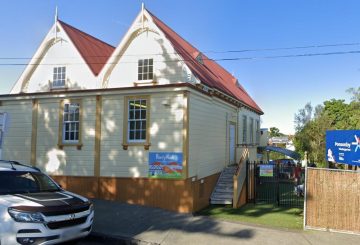Tiwai Point铝冶炼厂(NZAS)和Meridian Energy已为一项协议开了绿灯,该协议允许该冶炼厂在高峰时段提供更大的需求灵活性。根据电力管理局批准的协议,Meridian可以要求该冶炼厂在电力系统面临压力时,例如冬季高峰期或发电或输电问题期间,削减多达50兆瓦的需求。
NZAS首席执行官克里斯·布伦基龙表示,该批准使今年早些时候达成的协议正式化。“简而言之,该协议意味着当干旱导致水力湖降至低水平时,奥特亚罗瓦可能需要减少煤炭的燃烧。”巴克莱说,可用的额外峰值能量大致相当于50,000个普通家庭消耗的电量。
“最终结果可能是减少燃烧煤炭所产生的碳排放,同样重要的是,降低电力系统的总体成本,最终降低客户的成本。”
该协议于4月首次宣布,将涵盖Meridian与该冶炼厂之间供应合同的剩余期限,该合同有效期至明年12月。巴克莱说:“在新西兰努力建设更可再生的电力系统时,我们需要创造性地思考如何管理冬季需求和干旱时期的能源需求。”
电力管理局还同意,该冶炼厂可以将任何未使用的电力转售给第三方。
来源:r ad ionz.co.nz




























































